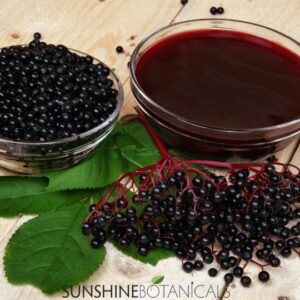
Everywhere you look, whether in the wellness aisle of your local grocery store, on the drinks menu of your favorite farm-to-table lunch spot, or at the farmer’s market, elderberry’s presence in syrups, sodas, and jams is strong. Interestingly, the next big thing in elderberry’s trajectory is its use in skincare. Considering its usefulness as an anti-inflammatory, antioxidant, and calmative, expanding elderberry’s domain to the body’s largest organ only makes sense.
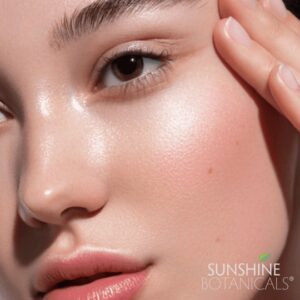
One rule of thumb with herbs is that if something is a “superfood” inside the body, it’s likely to be a nourishing nutritional powerhouse when used topically. Elderberries pigment is similar to anthocyanins and flavonoids as other colorful fruits like blueberries, grapes, and currents. Elderberries are best known in skincare for delivering an astronomical dose of antioxidants for such a tiny berry! As a reliable antimicrobial, antiseptic, and anti-inflammatory (with just the right balance of gentleness and effectiveness), elderberry is made for fighting common skin conditions like acne and redness.
But elderberry’s anti-aging contributions don’t stop there. When exposing skin to harsh environmental factors causes premature aging, such as intense sun exposure, the challenging winds of winter, or the airborne toxins that are unavoidable today, elderberry’s potent store of vitamin C and E serves as a protectant healer. These bright bursts of herbal magic also contain significant amounts of plant-based vitamin A. This skin lightener has the capability to transform sunspots, dark patches, or other skin tone issues.
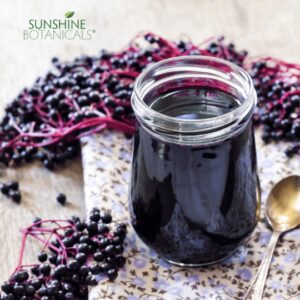
Proven in clinical trials to shorten the duration and reduce symptom severity of common colds, flu, and other viruses, elderberry is bonafide feel-good, taste-good herbal medicine. It strengthens the immune system’s natural defenses by packing a nutritional and antioxidant-heavy punch.
Easily found in commerce today, elderberry comes in many forms, from tincture to lozenge to fruit leather to jelly to powder to candy. A sweet treat that’s as good to the tastebuds as it is to the immune system, elderberry is appropriate and safe for use by all ages (though babies under the age of one should avoid honey-sweetened elderberry products). Parents adore it for its ability to reduce cold and flu symptoms in even its littlest fans and speed recovery time. Elderberry is a hit favorite with the kid crowd due to its fun coloring and familiar berry taste that’s easily paired with other fruity flavors to create an antioxidant cocktail.
The Life Cycle of Elderberries…
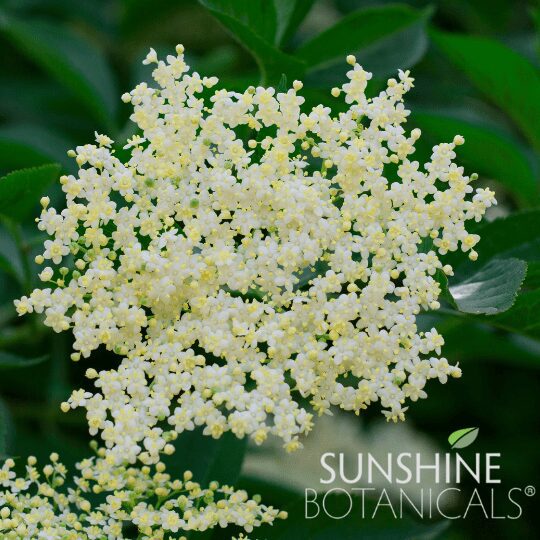
Elderberry Bloom
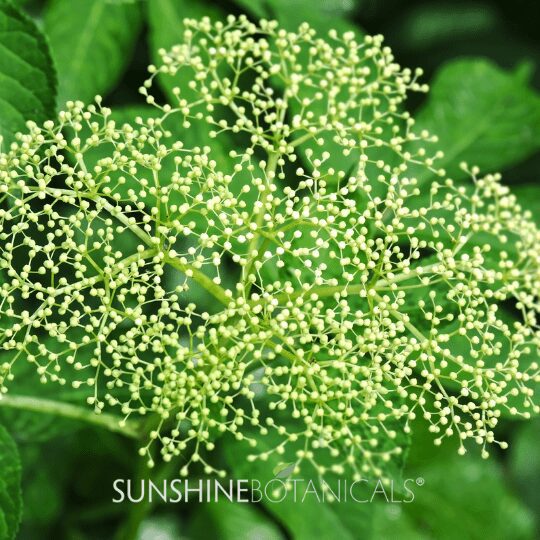
Elderberry Early Fruit
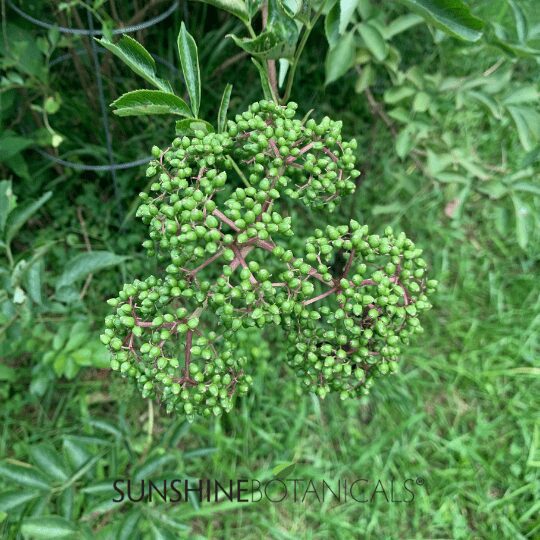
Elderberry Two Months Before Harvest
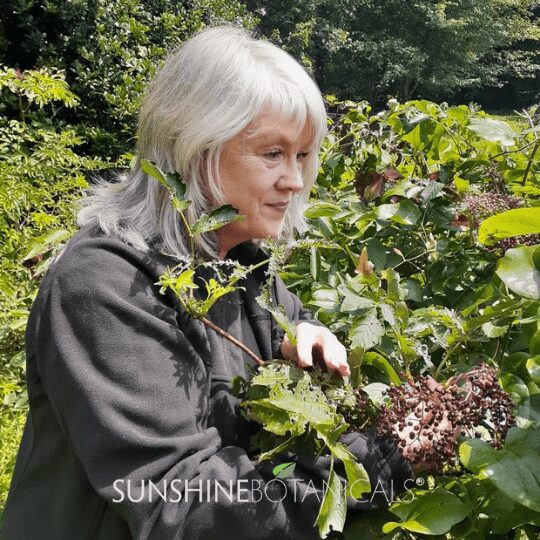
Elderberry Harvest
How easy is it to make…
Inviting Elderberry Into Your Home
Elderberry shrubs blossom in the early summer with beautifully lacy, delicate white flowers and are used to flavor drinks and desserts and make skin salves and creams. Don’t be intimidated; elderberries are easy to grow. For those who want to take your home healthcare full circle and cultivate the elderberry plant.
One of the most profound lessons of the last year-and-a-half is how important self-sufficiency is when it comes to taking care of your health and your family’s well-being. Making your own medicine from the plants around you can be as easy as simmering up a handful of fresh or dried elderberries on the stove. While making your elderberry, you can add a cinnamon stick, a little honey, and even lemon, and bottling it up as your family’s best recipe for staying well throughout the season.
Check out black and blue elderberry seeds (the black European elderberry, Sambucus nigra, most commonly used in medicine) here and turn your backyard into a superfood forest.
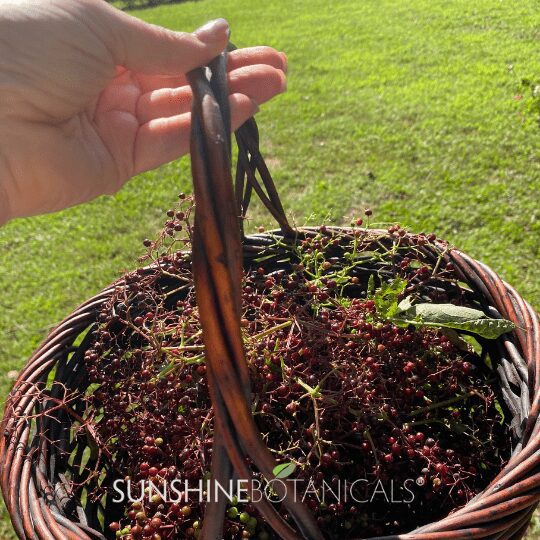
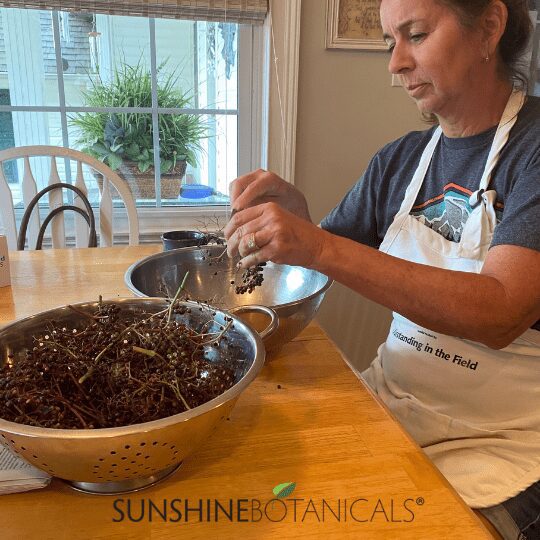
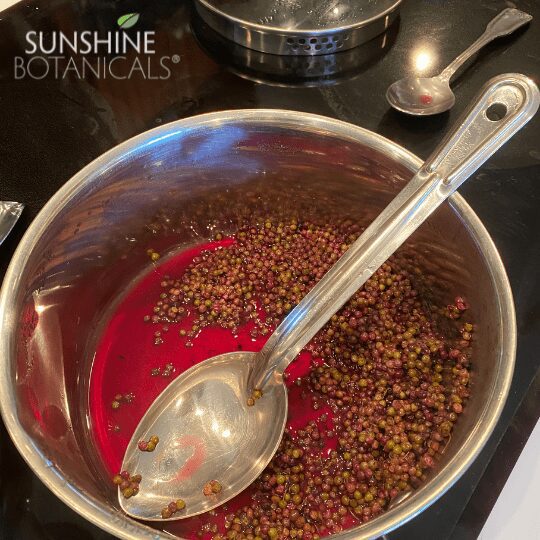
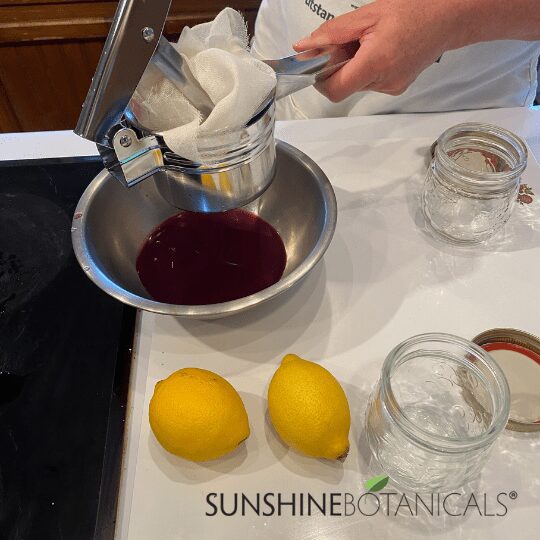
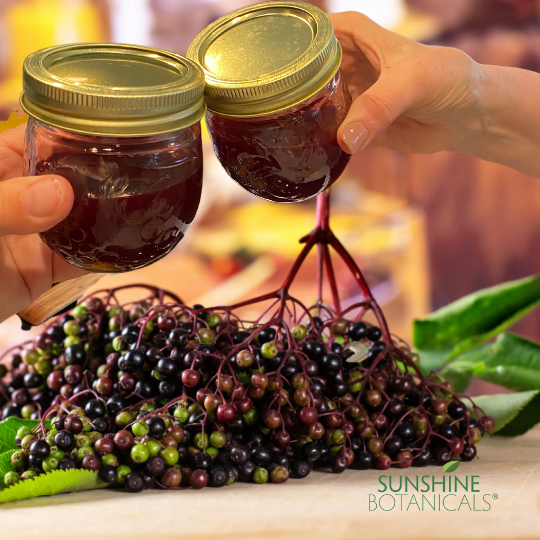
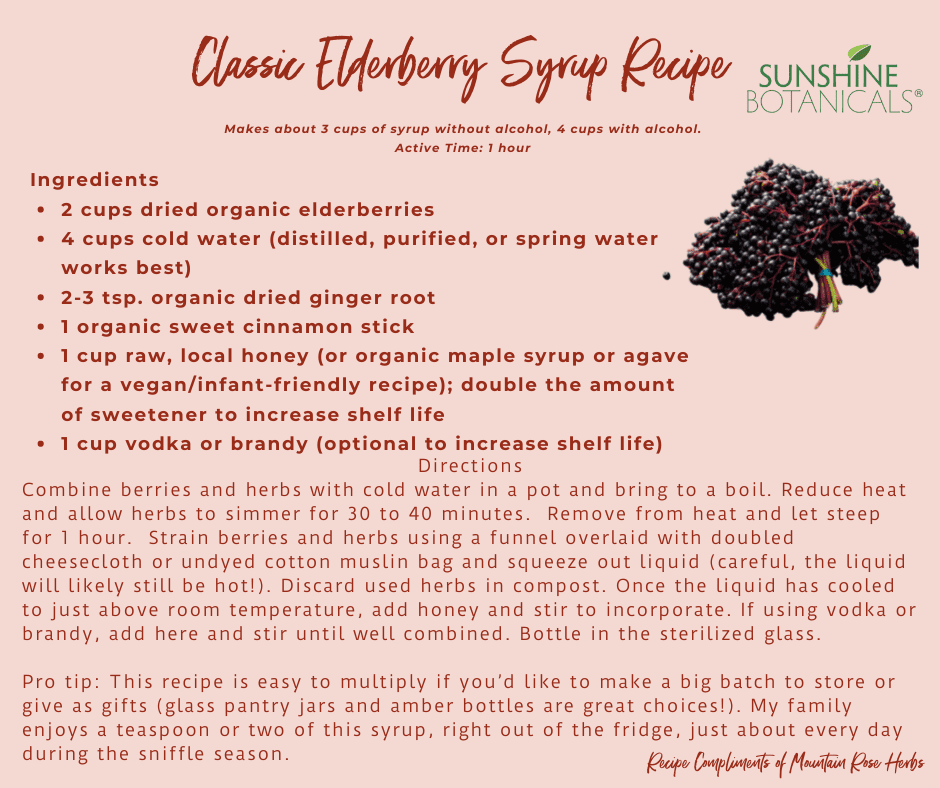
…It’s that easy!
In closing, making your own elderberry syrup is the most empowering thing you can do for yourself and your family, and it’s fun and EASY! But beware to those of you herbal beginners – elderberry is so delicious, practical, and versatile that it might just be the gateway to your herbal obsession.
My Passion is your solution!
![]()
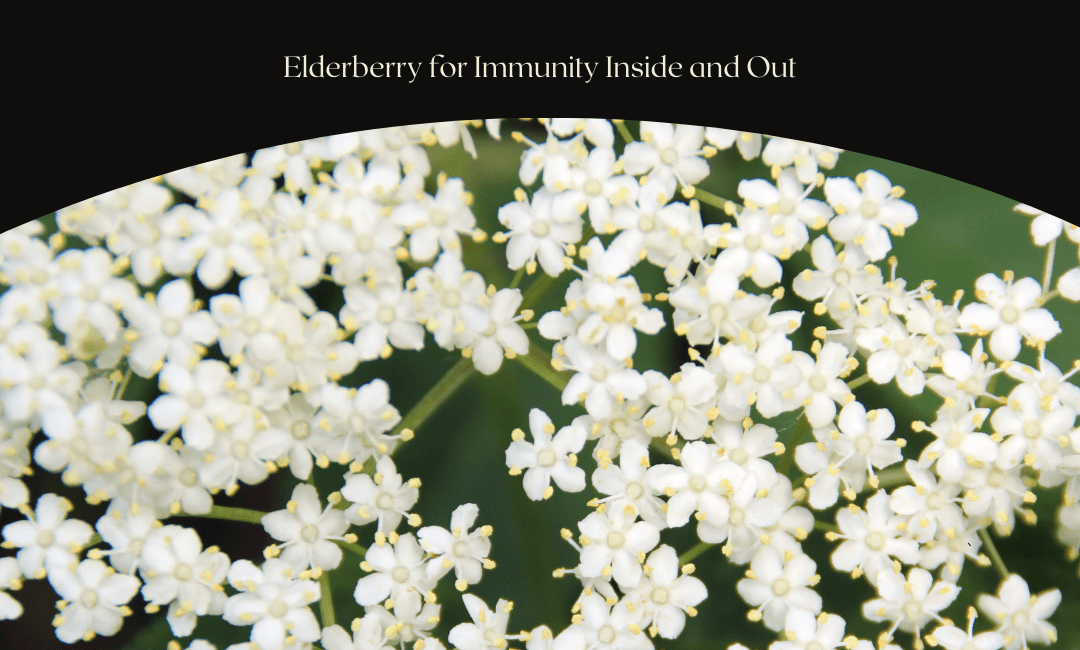
Great article and recipe. Thanks for sharing!